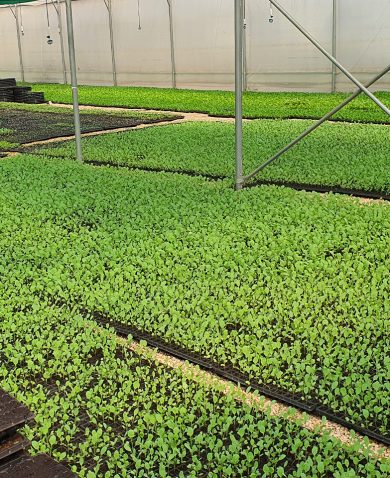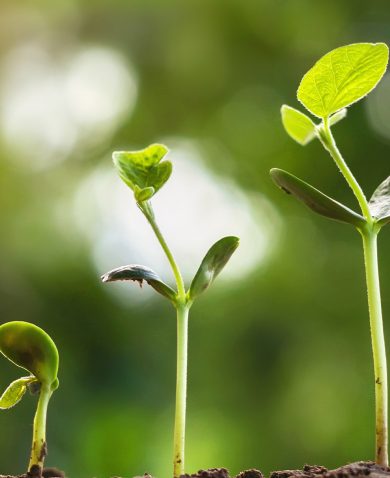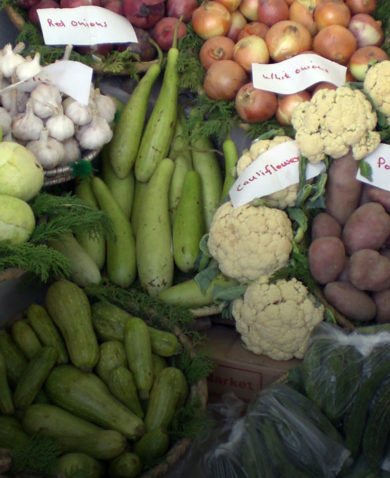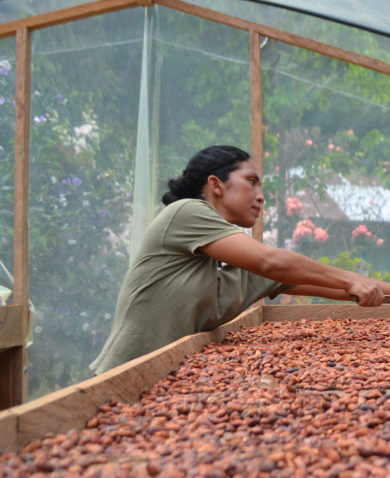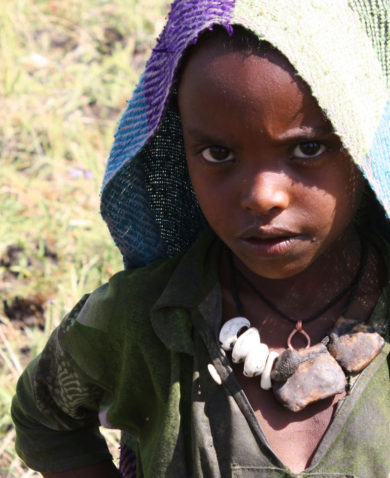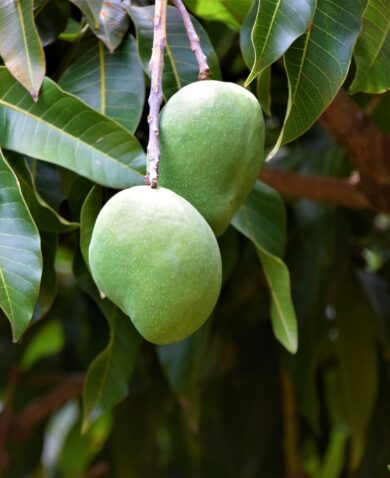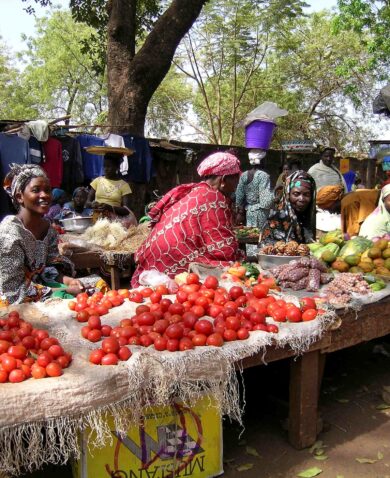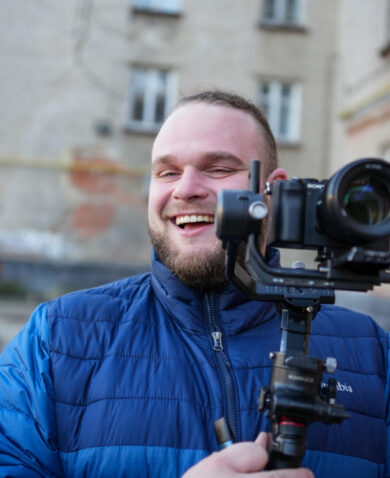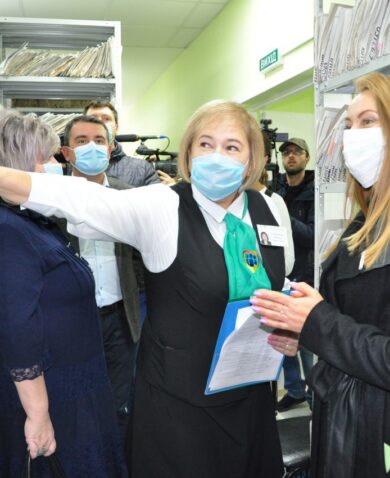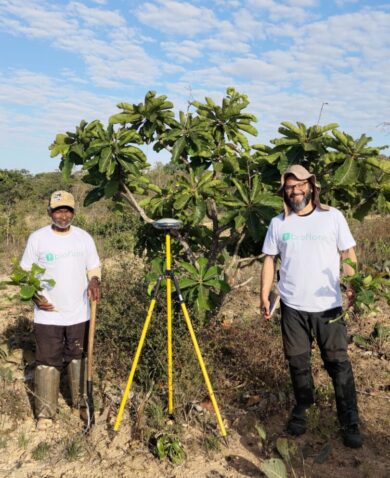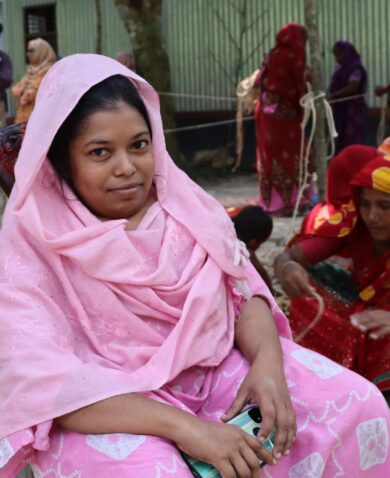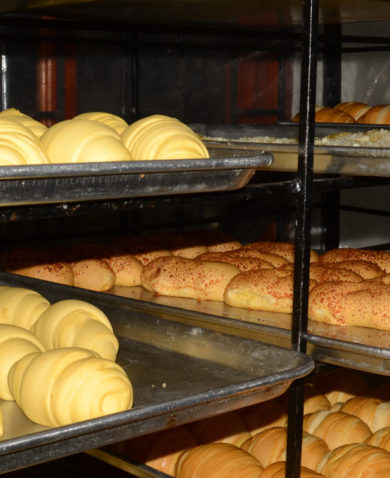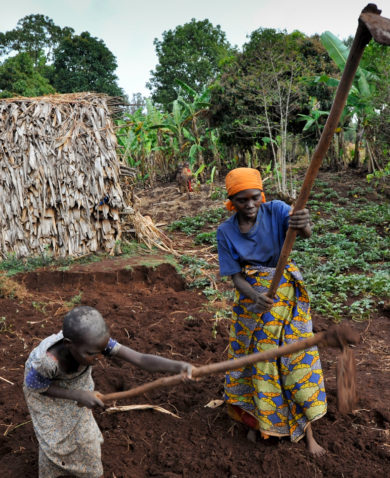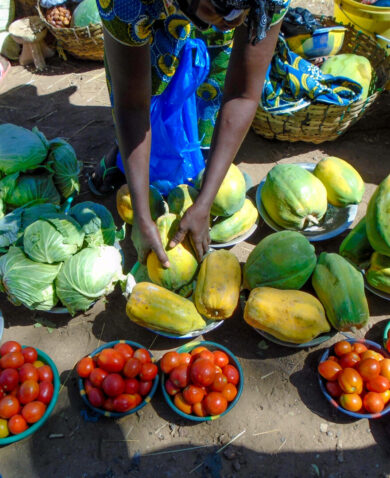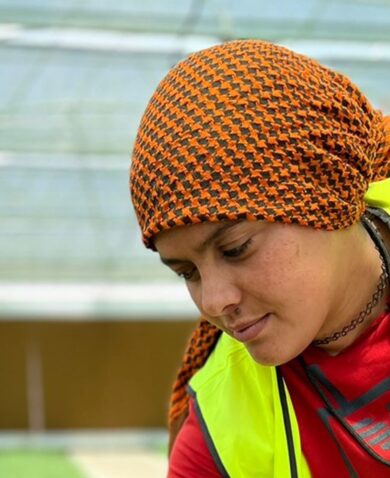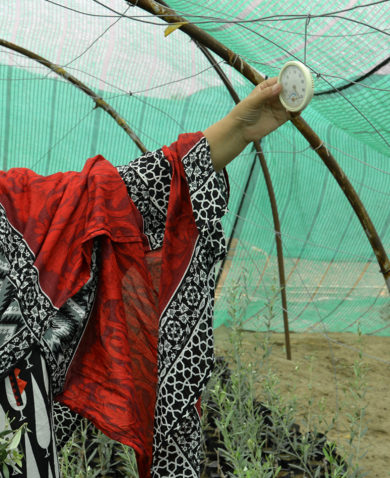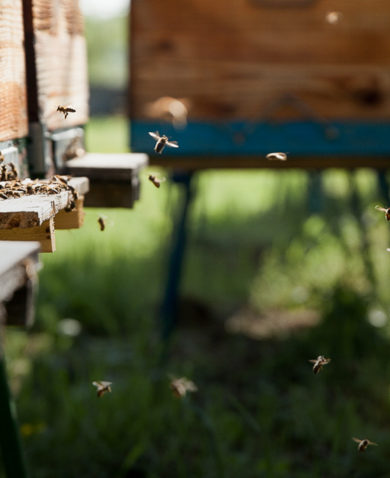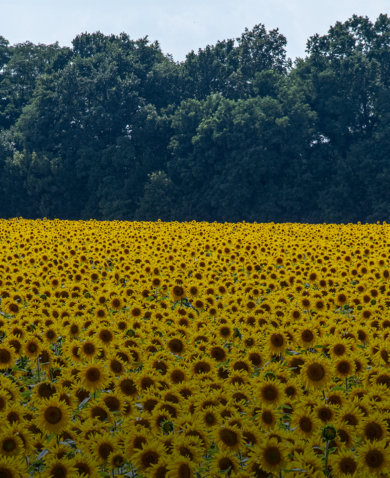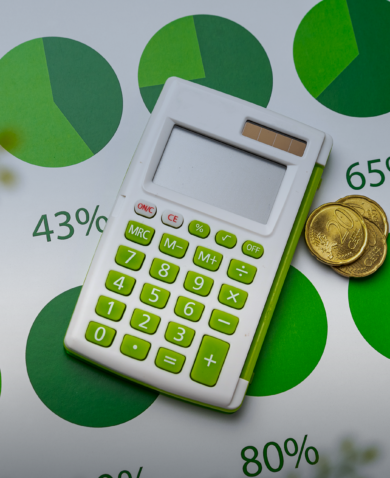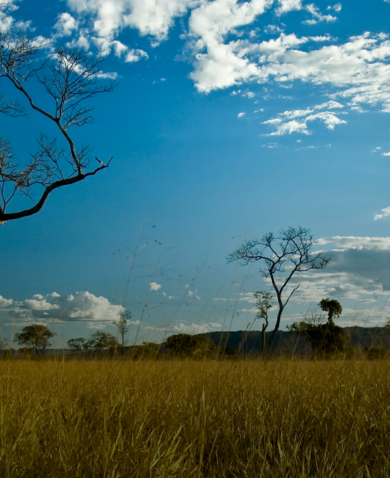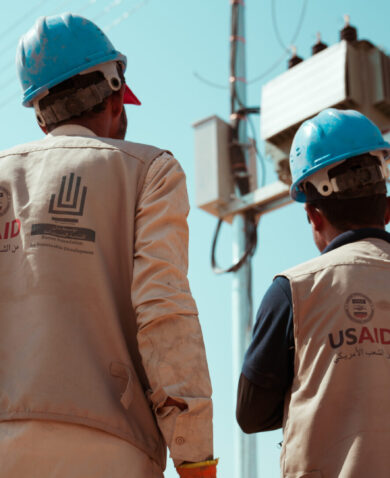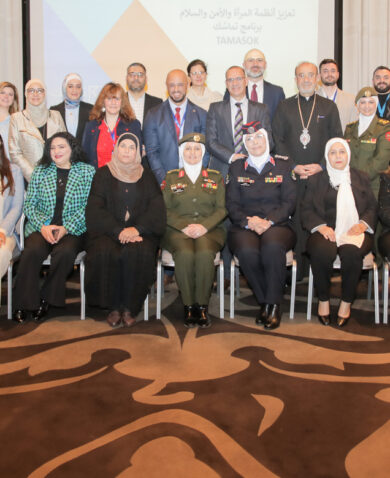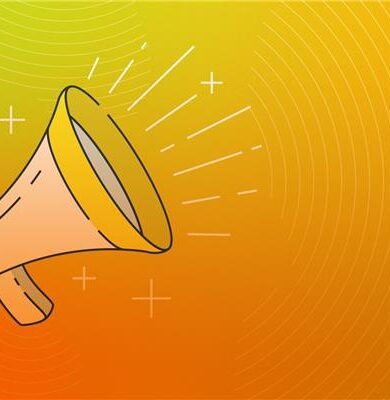
The War in Ukraine and the Future of Global Food Security
November 22, 2022 | 2 Minute ReadWhat bold choices and scalable changes can we make to potentially meet the Sustainable Development Goals, particularly Goal 2: End Hunger? Today’s lessons from Ukraine and worldwide shed light on our global dual reality: There is hope — and the stakes have never been higher.
This post originally appeared in the Council of International Development Companies’ (CIDC) Thought Leadership Compendium.
Hunger and food insecurity have steadily worsened throughout the last decade. Climate change — with its cascading effects on crop production and land viability —has exacerbated global food insecurity, and in recent years, the COVID-19 pandemic has led to key agricultural and food supply chain deterioration. Then Russia invaded Ukraine. Since the war began, Ukraine has seen a 30% GDP drop. The war has displaced 6.9 million people, killed at least 5,587 people by late August, and left 7,890 wounded, including children. These are very conservative estimates given the slowness of reports from conflict zones and Russian-occupied areas such as Mariupol. Reports of Russia’s potential human rights violations underline the bleakness many Ukrainians face.
The war in Ukraine has sparked far-ranging effects on global food security and agricultural markets. Ukraine is among the world’s top 10 wheat producers and exporters, and its loss of crops has left other regions of the world scrambling to grow alternative crops, find other suppliers, and change import policies. Russia, too, was a top exporter of wheat and a major producer of fertilizer, so fertilizer-importing countries face higher prices and reduced supplies to improve crop productivity in their communities. In Kenya, for instance, the skyrocketing prices of fertilizer reduced maize production by more than a third. In 2022, more than a dozen countries have instituted wheat and other food export bans, further hampering already distressed sectors.
Many countries have met the moment with resiliency. Famine Early Warning System Network (FEWS NET) data reveal that some regions in central and eastern Africa that have encountered emergency- and crisis-level acute food insecurity in Summer 2022 will likely…Read the full article in CIDC’s Thought Leadership Compendium.
Blog posts on the Chemonics blog represent the views of the authors and do not necessarily represent the views of Chemonics.







